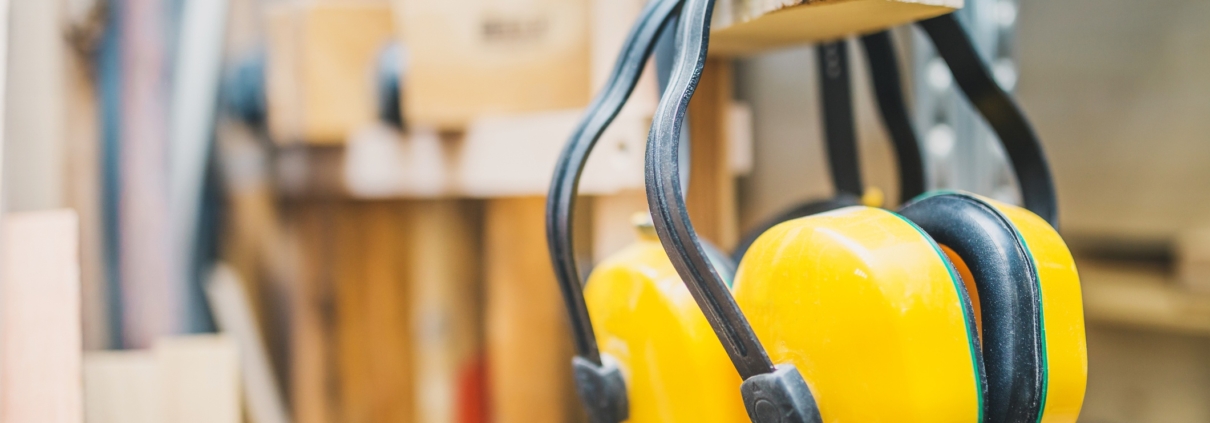Workplace Safety: Hearing Protection
Every company’s goal should be to create a safe and healthy work environment for their employees. One way to do that is to provide hearing protection. Here is why it is essential and the types available.
Why Is It Important to Wear Hearing Protection?
First, here are some statistics from the Centers for Disease Control (CDC) and the Occupational Safety and Health Administration [OSHA] regarding workplace hearing loss.
- Hearing loss is one of the most common illnesses on the job.
- Approximately 22 million U.S. workers are exposed to dangerous noise yearly.
- Occupational hearing loss is preventable.
What is “dangerous noise”? According to OSHA, any sound over 85 decibels requires hearing protection to avoid hearing loss. To better understand how loud that would be, here are examples of everyday sounds.
- Whisper – 30 dB
- Normal conversation – 60 dB
- Lawnmower – 80-85 dB
- Motorcycle – 95 dB
- Shouting or barking in the ear – 110 dB
- Firecracker – 140-150 dB
Any noise over 120 dB can cause immediate damage to your hearing. Once hearing loss has occurred, it does not come back. Even if the sound isn’t that loud, prolonged noise exposure can still cause problems, so it is crucial to wear hearing protection in the workplace.
What Types of Hearing Protection Are Available?
There are several choices when considering hearing protection. Choose one that is comfortable to wear and protects you from noise. Here are some common ones.
Expandable Earplugs
You can find this type of foam earplug in grocery stores and drugstores. This earplug style is easy to insert. Roll the earplug between your fingers until it is thin. Pull the top of your ear up and back to insert it into your ear canal. Then, hold the earplug in place until it expands. When sound is muffled, you have a good fit.
Pre-molded Earplugs
These earplugs are also inserted into your ear canal, but they are already shaped. Depending on the size of your ear, these might not be as comfortable as the moldable type. Another option is to have an audiologist make you custom-molded earplugs.
Earmuffs
Earmuffs have two hard cups with soft cushions on top held together with a headband. They completely cover your ears and are good at blocking out damaging sound. This is a good option if you do not like the feel of the earplugs.
Should Hearing Protection Be In Your Safety Plan?
Every business should have a safety plan that includes hearing protection. Contact Construction Safety Experts online or call us at (919) 463-0669 to create a customized safety program for your business.








